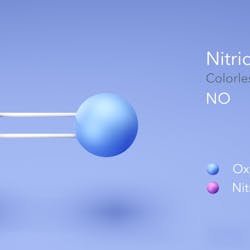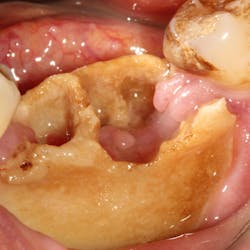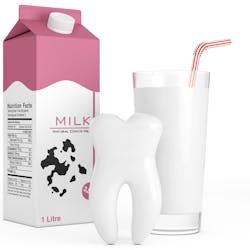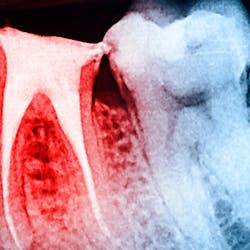Geneva, Switzerland — While no dental amalgam filling phase-out date has been set, UN mercury treaty talks are expected to result in the phase down of dental mercury globally, say representatives of consumer and environmental groups attending the negotiations. Amalgam phase-down text incorporated in Annex C of Article 6 on products is expected to shortly be transmitted to the Intergovernmental Negotiation Committee plenary for its approval. (1)
RELATED ARTICLES ...
IADR summary: dental materials may soon be facing the firing squad
Ongoing issues with amalgam dental fillings in Europe
“This is the beginning of the end of dental amalgam globally,” said Michael T. Bender, director of the Mercury Policy Project, a U.S.-based NGO, who is attending the mercury treaty talks. “We applaud the leadership role the U.S. played in jump-starting support for a phase down earlier in the treaty talks in 2011 along with the concrete steps the Nordic countries, Switzerland, and Japan took in phasing out amalgam.”
“Countries that have phased out amalgam recognize that mercury-free dental fillings are readily available, affordable, and effective,” said Charles G. Brown, Esq., World Alliance for Mercury-Free Dentistry, a global coalition of NGOs, dentists, and consumers from more than 25 countries. “This pushes the reset button on dentistry. Now the rest of the world can benefit from the experience of those countries.”
The draft treat text outlines a variety measures countries can take to phase down amalgam, but shall include at least two of the several listed. These include setting national objectives minimizing dental amalgam use, promoting mercury-free alternatives for dental restoration, and discouraging insurance policies and programs that favor dental amalgam over mercury-free alternative dental restorations.
Other measures are targeted at reducing global dental mercury pollution and involve restricting amalgam use to its encapsulated form and promoting best environmental practices in dental facilities. It also encourages dental schools to train dentists on using mercury-free alternatives and best management practice.
Other countries have already been considering similar measures, due to the significant use and release of dental mercury pollution globally. A 2012 report for the European Commission EC recommended phasing out amalgam in five years. (2)
The EC BIOS report also noted that mercury-free fillings appear more expensive than amalgam because of the negative external costs. Amalgam’s negative environmental effects are known and ultimately, society pays for the uncontrolled release of dental mercury, as explained in our 2012 report. (3)
According to the United Nations Environment Programme (UNEP), the use of mercury in tooth fillings represents some 10% of global mercury consumption, thus being among the largest consumer uses of mercury in the world. UNEP estimates global use of dental mercury at between 300 and 400 metric tonnes per year. (4)
Endnotes
1. http://www.unep.org/hazardoussubstances/MercuryNot/MercuryNegotiations/tabid/3320/language/en-US/Default.aspx
2. European Commission report by BIOS: http://ec.europa.eu/environment/chemicals/mercury/pdf/Final_report_11.07.12.pdf
3. “Real Cost of Dental Mercury Pollution,” by Concorde: http://mercurypolicy.org/wp-content/uploads/2012/04/real_cost_of_dental_mercury_april_2012-final.pdf
4. MAP/UNEP 2008
Source: Mercury Policy Project,www.mercurypolicy.org
Latest in Clinical Tips
Latest in Clinical Tips






